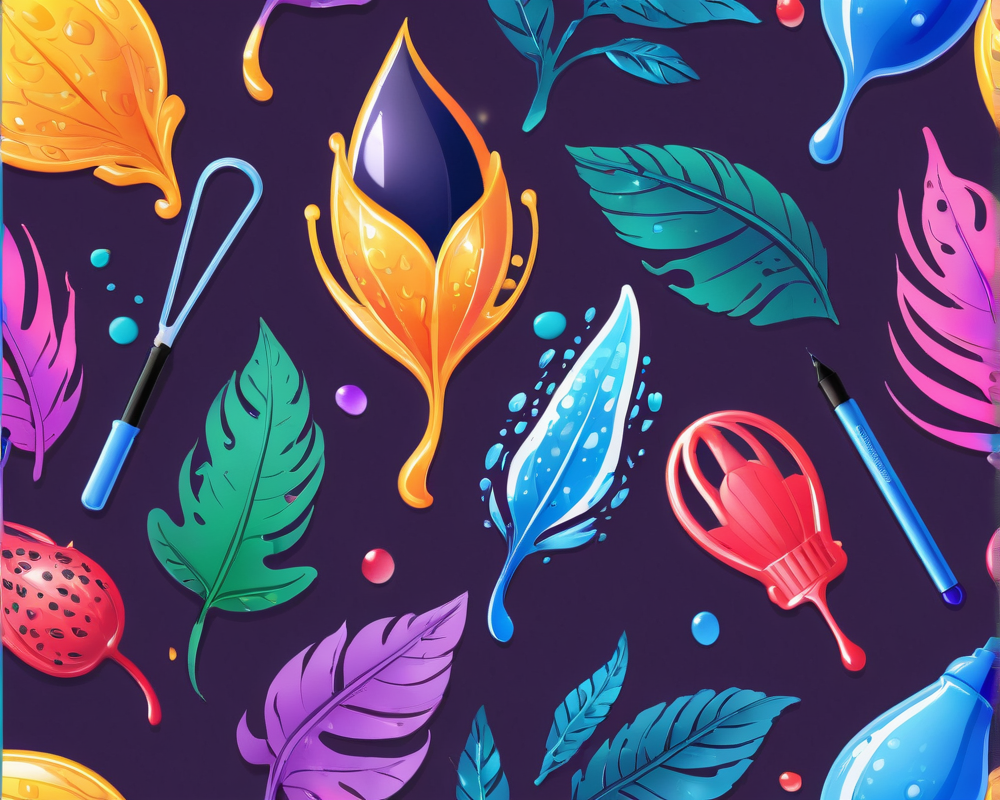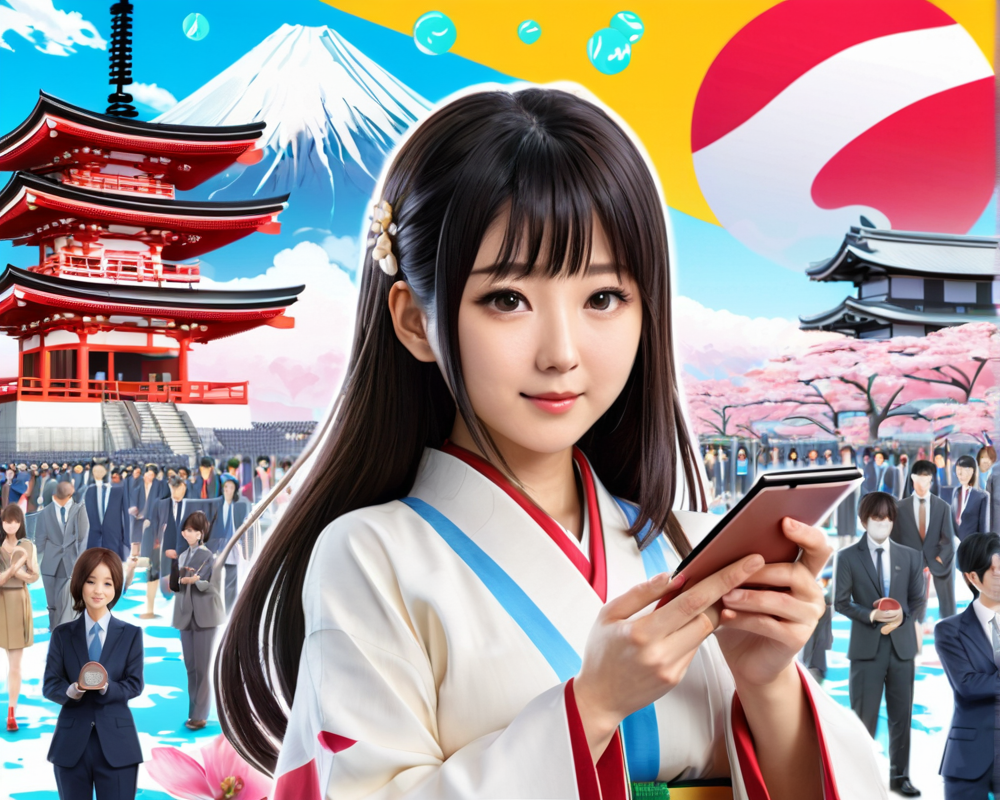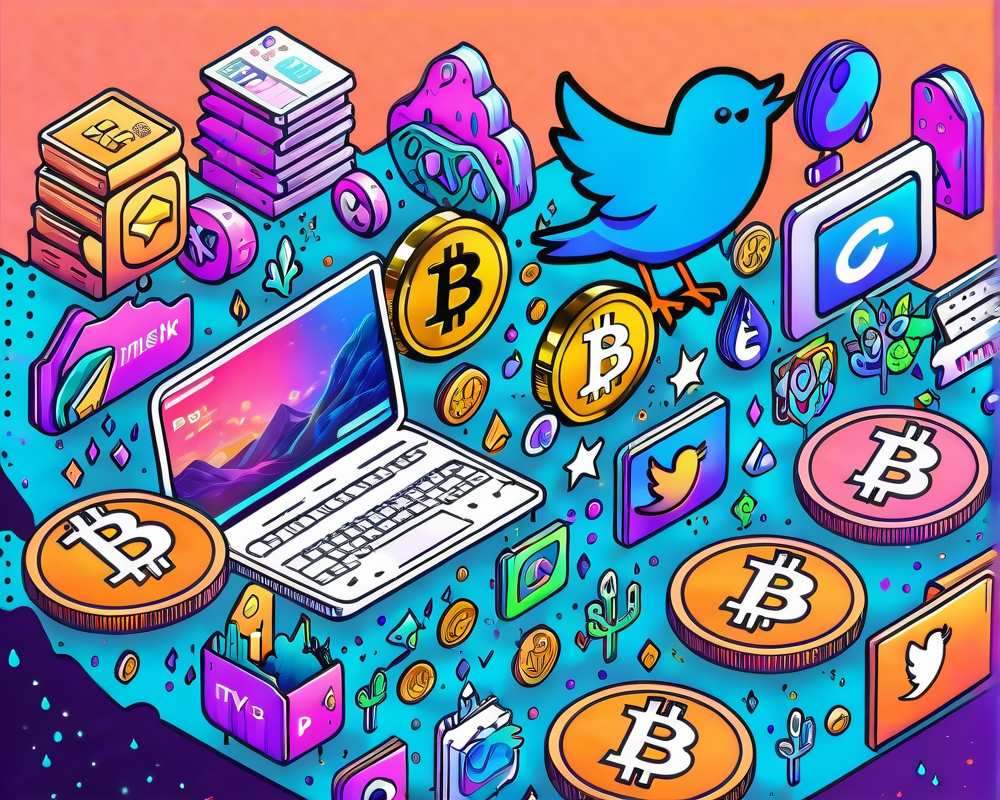The Birth of Nightshade
In an exciting twist for artists everywhere, researchers at the University of Chicago have stepped into the digital ring with a tool aptly named Nightshade. It’s like the superhero cape for digital art that artists never knew they needed. Forget about the red tape of copyright laws; now, artists can “poison” their artwork to prevent AI developers from using their creations without permission.
How Does Nightshade Work?
So, how exactly does one “poison” their digital art? Imagine you’re at a buffet and someone accidentally puts the wrong food on your plate. Nightshade modifies the pixels in digital images to introduce just the right amount of confusion. Picture this: an AI looks at an image of a cat and, thanks to Nightshade’s brilliance, mistakes it for a dog. The tool essentially muddles the AI’s training data, serving a dish of mayhem when the AI tries to churn out creative content.
Impact on AI Creativity
Now, you might be wondering, what’s supposed to come from this digital trickery? As reported by MIT’s Technology Review, if an AI system has been exposed to contaminated images, the quality of its output would face a serious dip. It’s like giving a chef the wrong recipe and expecting gourmet results. Instead of generating an accurate cat picture when prompted, the AI could spit out a basic dog, or worse, a nightmarish hybrid that would leave any artist screaming, “That’s not what I had in mind!”
Expert Opinions
Now, sprinkle a dash of skepticism into this digital revolution. Experts, including Vitaly Shmatikov from Cornell University, have voiced that we might be treading on unstable ground. These “poisoning” methods raise alarms about the robustness of AI systems like OpenAI’s ChatGPT. If the AI can’t differentiate a cat from a dog, what’s stopping it from crafting a Picasso out of an apple? It’s a comedy of errors waiting to happen!
A Glimpse into the Future
Leading this groundbreaking research is Ben Zhao, who champions the cause of artists everywhere. Nightshade is actually an upgrade of their previous artist protection software, Glaze, which allowed artists to obfuscate their style. It’s like wearing a disguise that makes your artwork appear completely different to an AI, putting a protective barrier between creators and copycats.
Conclusion
So, what does this mean for the future of digital art? By implementing Nightshade into Glaze, artists can safeguard their creations while keeping AI developers on their toes. As this technology evolves, it leaves us wondering: who will hold the creative reins? Will artists reclaim their digital territories, or will AI become the ultimate data thief? Only time will tell!




